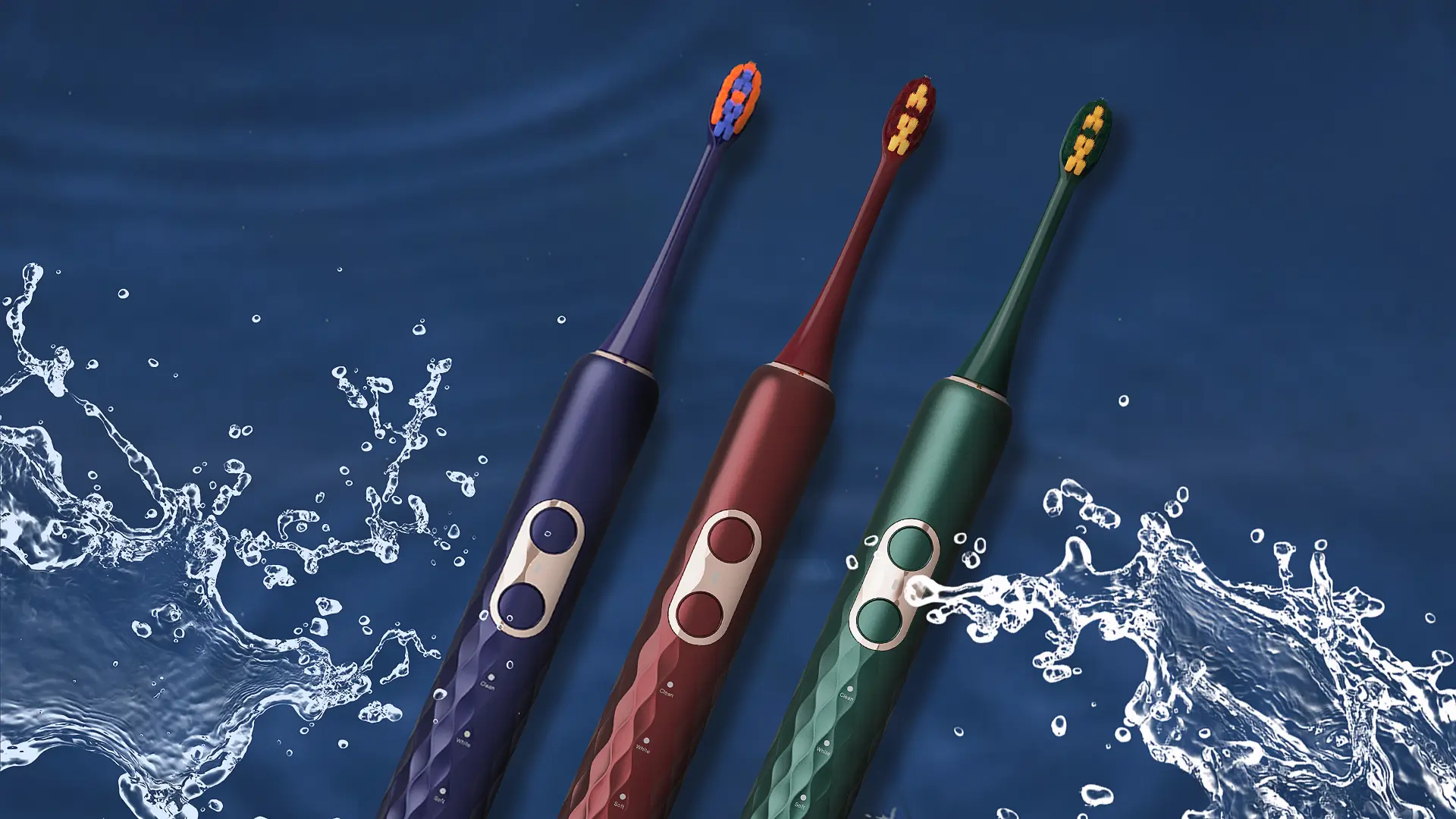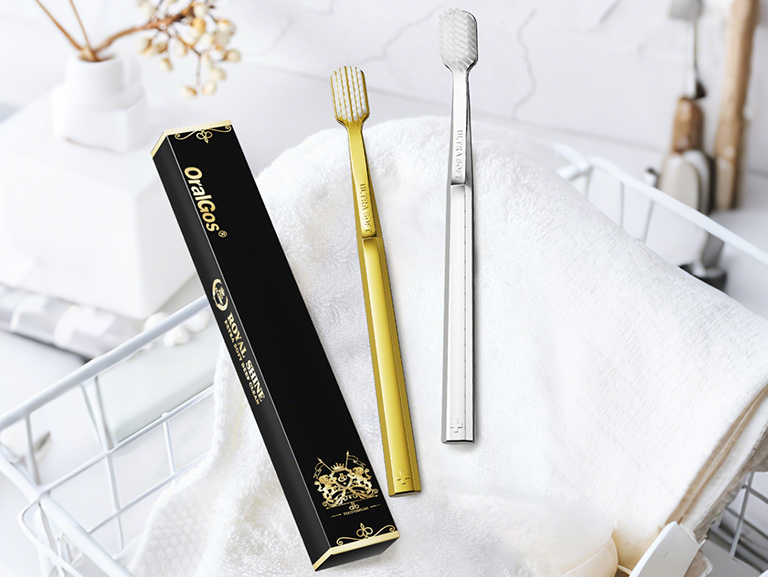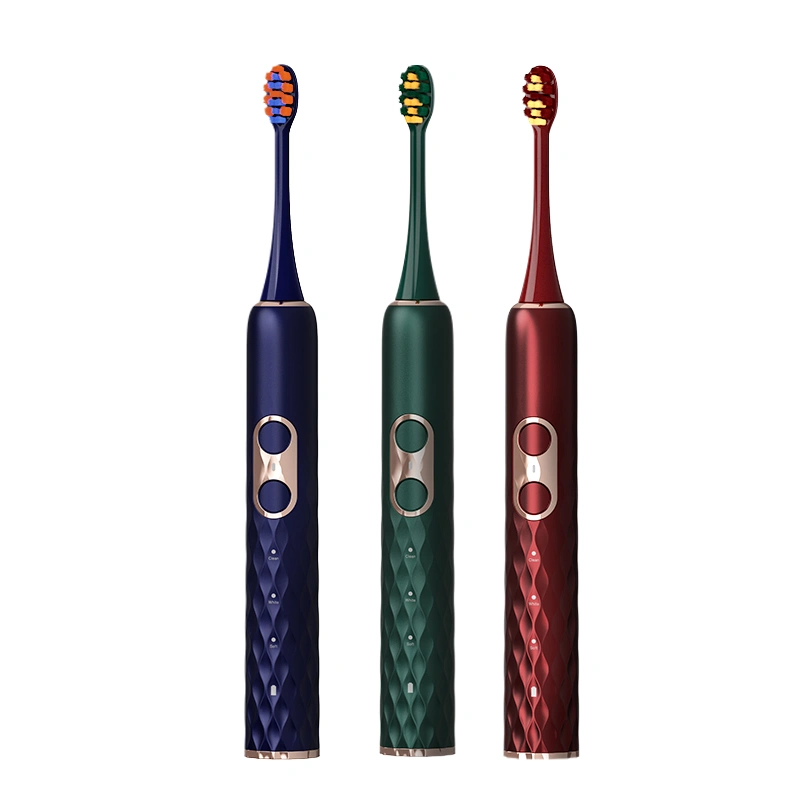
In the world of dental hygiene, technology has come a long way. Gone are the days when brushing your teeth was a simple manual task. Electric toothbrushes have revolutionized the way we maintain our oral health, offering convenience, efficiency, and improved results. However, with the myriad of options available in the market, choosing the right electric toothbrush can be a daunting task. Fear not! This comprehensive guide will help you navigate the world of electric toothbrushes, providing you with all the information you need to make an informed decision.
Why Choose an Electric Toothbrush?
Before delving into the details of how to choose the right electric toothbrush, it’s important to understand why you might want to make the switch from a manual toothbrush. Electric toothbrushes offer several advantages:
1. Efficiency:
Electric toothbrushes are designed to do most of the work for you. They typically feature rotating, oscillating, or sonic brush heads that can remove more plaque and debris than manual brushing.
2. Consistency:
Electric toothbrushes have built-in timers that ensure you brush for the recommended two minutes. They also often feature quadrant timers to ensure you evenly clean all areas of your mouth.
3. Gentle on Gums:
Many electric toothbrushes have pressure sensors that alert you if you’re brushing too hard, helping prevent gum damage.
4. Improved Oral Health:
Studies have shown that electric toothbrushes can lead to better oral hygiene, reduced plaque buildup, and a lower risk of gum disease and cavities.
5. Convenience:
With features like multiple brushing modes and smartphone connectivity, electric toothbrushes make oral care more convenient and enjoyable.
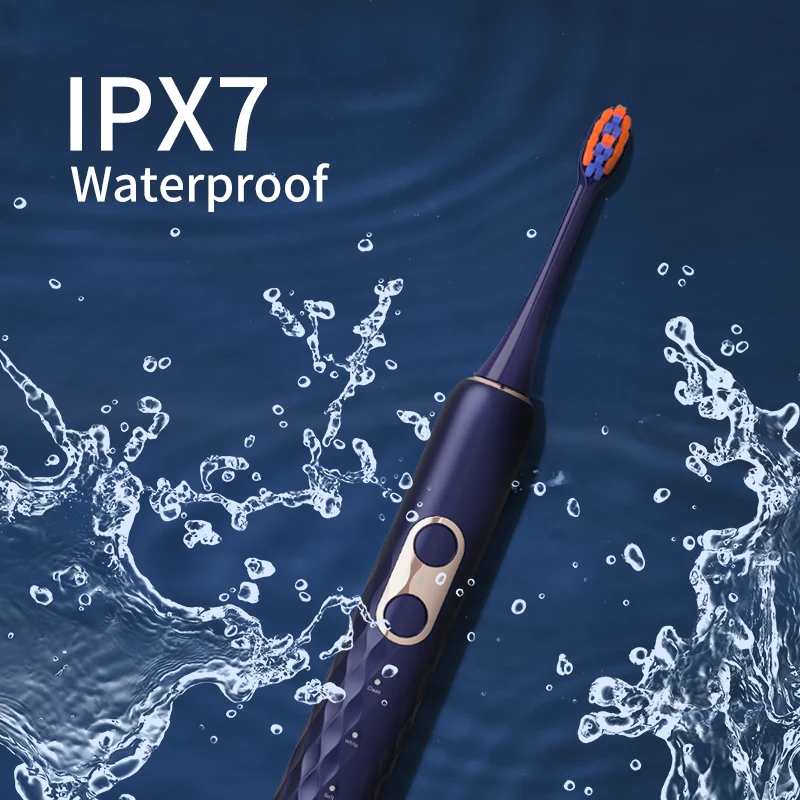
Factors to Consider When Choosing an Electric Toothbrush
Now that you understand the benefits of electric toothbrushes, let’s explore the factors to consider when choosing the right one for your needs:
1. Brushing Technology
There are three main types of electric toothbrushes on the market, each with its own brushing technology:
Rotating: These brushes have a round brush head that spins in one direction and then the other. They are effective at removing plaque and stains and are a good choice for most users.
Oscillating: Oscillating brushes have small, circular brush heads that move rapidly back and forth. They are also excellent at plaque removal and may be gentler on gums than rotating brushes.
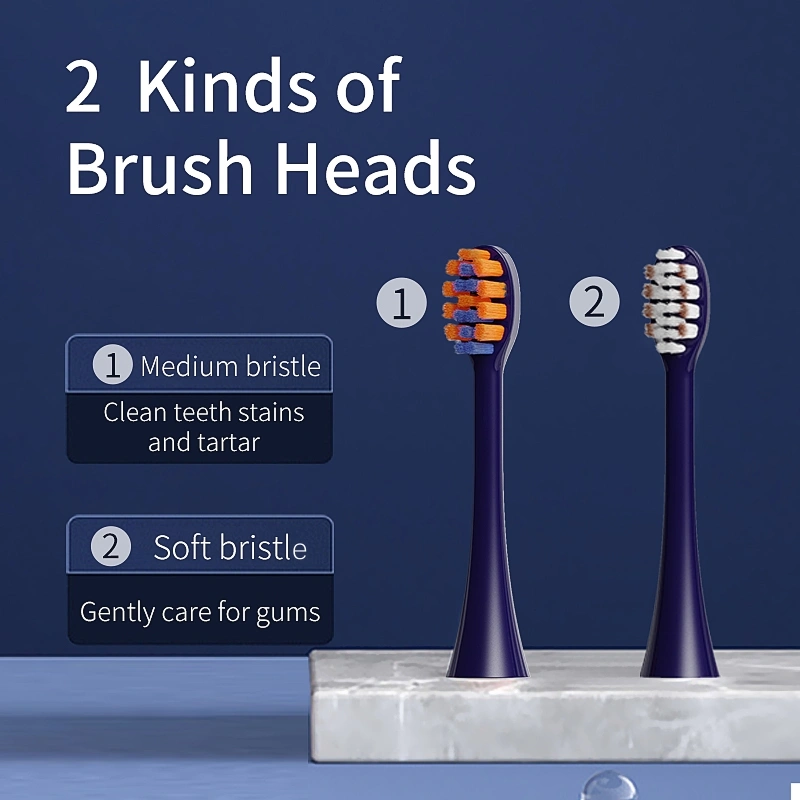
Sonic: Sonic brushes use high-frequency vibrations to create fluid dynamics, effectively cleaning between teeth and along the gumline. They offer a gentle yet thorough cleaning experience.
Consider your personal preference and any specific dental needs when choosing a brushing technology.
2. Brushing Modes
Many electric toothbrushes come with multiple brushing modes, such as daily clean, sensitive, whitening, gum care, and deep clean. Choose a toothbrush that offers modes tailored to your oral health needs. For example, if you have sensitive gums, a sensitive mode can be beneficial.
3. Battery Life and Charging
Electric toothbrushes are either powered by rechargeable batteries or disposable batteries. Rechargeable toothbrushes are more eco-friendly and cost-effective in the long run. Check the battery life and charging options. Some models offer travel cases with USB charging, making them convenient for frequent travelers.
4. Brush Head Compatibility
Ensure that replacement brush heads are readily available for the model you choose. Regularly replacing brush heads is essential for maintaining oral hygiene, so availability is crucial.
5. Pressure Sensor
A pressure sensor can be a valuable feature, especially if you tend to brush too vigorously. It alerts you when you’re applying too much pressure, preventing damage to your teeth and gums.
6. Timer and Quadpacer
Most electric toothbrushes include timers to ensure you brush for the recommended two minutes. Some also have Quadpacers that signal when it’s time to move to a different section of your mouth. These features help ensure a thorough and even clean.
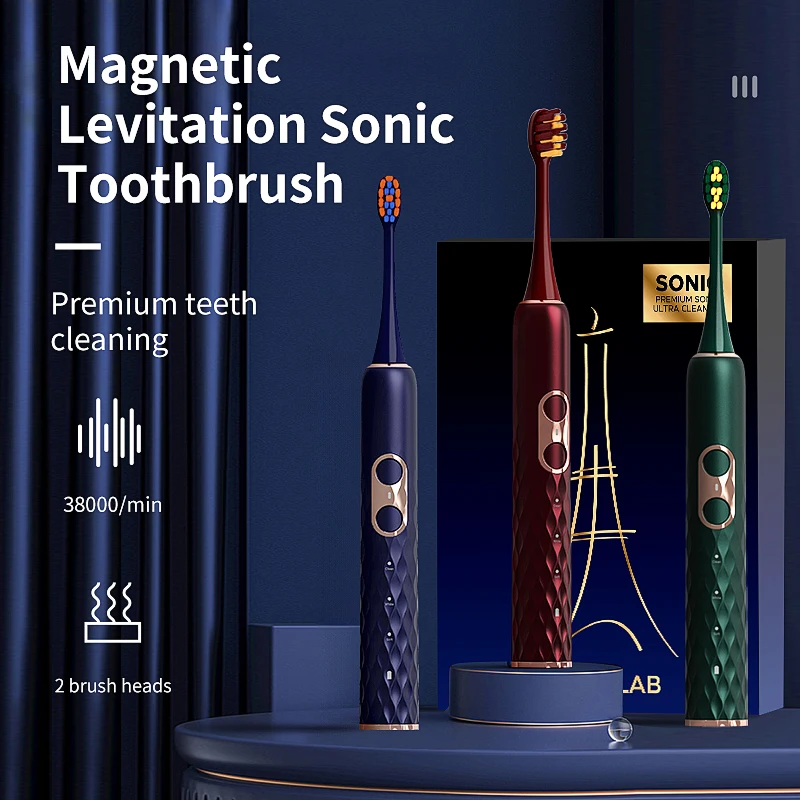
7. Connectivity
If you’re tech-savvy and want to track your brushing habits, consider a toothbrush with Bluetooth connectivity and a companion app. These apps provide real-time feedback and may motivate you to maintain better oral hygiene.
8. Price and Warranty
Set a budget for your electric toothbrush purchase. Prices can vary significantly, with basic models starting at around $20 and high-end models exceeding $100. Check the warranty, as longer warranties often indicate the manufacturer’s confidence in the product’s durability.
9. Brand Reputation and Reviews
Research the brand’s reputation and read reviews from other users. A reputable brand is more likely to provide quality products and customer support.
10. Special Features
Some electric toothbrushes come with unique features like UV sanitizers for brush heads, tongue cleaning modes, or even customizable LED lights. Consider whether these extras align with your preferences and needs.
11. Size and Ergonomics
Ensure the toothbrush handle is comfortable to hold and maneuver. An ergonomic design can make your brushing experience more pleasant.
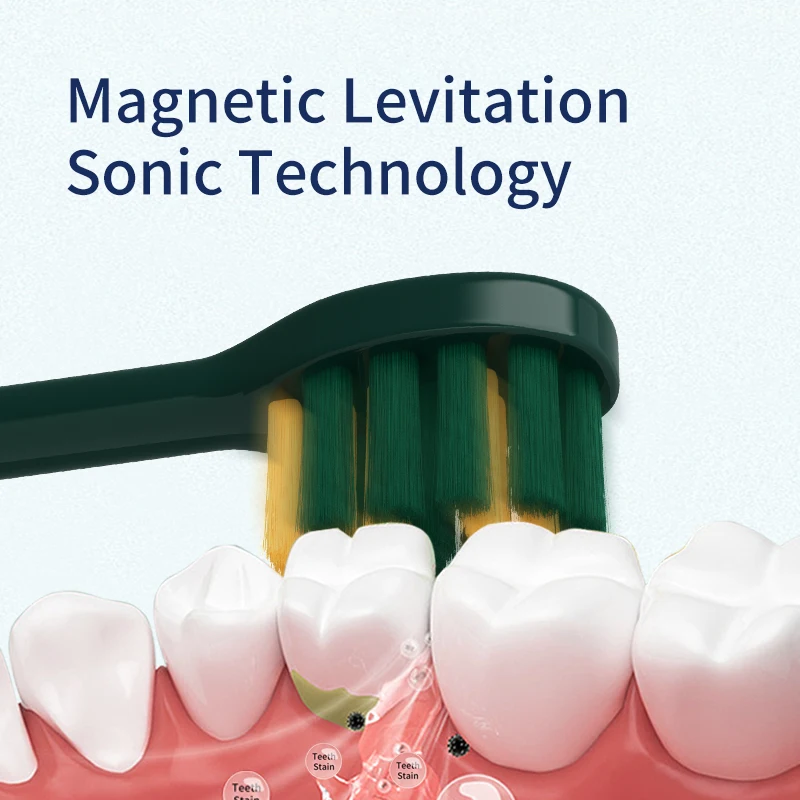
Making Your Decision
Once you’ve considered all the factors listed above, it’s time to make your decision. Start by narrowing down your options based on your priorities. For example, if gum health is your main concern, look for a model with a sensitive mode and a pressure sensor. If you travel frequently, prioritize a toothbrush with good battery life and a convenient charging method.
Read product reviews and compare prices to find the best electric toothbrush that meets your criteria. Remember that the right electric toothbrush can contribute to better oral health and a brighter smile, so investing in a quality model is worth it.
In conclusion, choosing the right electric toothbrush requires thoughtful consideration of your personal preferences and oral health needs. With the wide variety of options available, you’re sure to find the perfect electric toothbrush that will help you maintain a healthy and radiant smile for years to come. Make an informed decision, and you’ll be well on your way to better oral hygiene.

